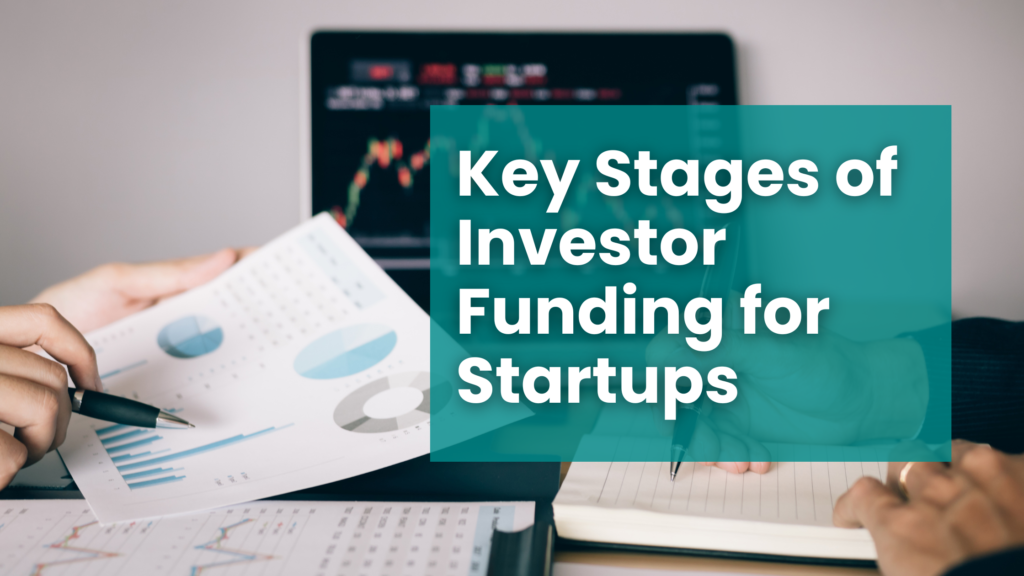
For any startup aiming for growth, securing funding is a critical step. From initial bootstrapping to post-IPO, each stage of funding plays a unique role in fueling a business’s development. Below is a detailed look at the various stages of investor funding and real-world examples of how startups have navigated each one successfully.
1. Bootstrapping & Friends and Family Round
Bootstrapping is when founders use their personal savings or reinvest business revenue to fund operations. It’s a common first step for many startups. For example, Jobberman relied on the founders’ personal savings before securing external investments
In the Friends and Family Round, early funds come from close personal connections. This is often the initial support that helps the business get off the ground. A notable example is Flutterwave, which received early support from friends and family before attracting bigger investors
2. Pre-Seed Funding
Pre-Seed Funding is often the first external funding a startup receives, typically used to validate the business idea and develop a prototype. One prominent example is Kuda Bank, which raised $1.6 million to build and launch its digital banking product
3. Seed Funding
Seed Funding focuses on developing a product, gaining early traction, and achieving key milestones. This stage is essential for startups transitioning from an idea to the actual product. Paystack secured $1.3 million from investors like Y Combinator to scale its payment processing service
4. Series A & B Funding
Series A Funding provides capital for scaling the business, building a user base, and refining the business model. For instance, Andela raised $24 million to expand its talent network across Africa
In Series B Funding, companies raise funds to further scale operations, enter new markets, and optimize processes. A great example is Twiga Foods, which raised $23.75 million to expand its agricultural supply chain
5. Series C & Beyond
Series C Funding typically involves large investments that fuel rapid growth, entering new markets, or preparing for an IPO. Interswitch, for instance, raised $200 million from Visa to scale its payment infrastructure
6. Bridge Round
The Bridge Round is transitional funding used before a significant event like an IPO. Cellulant raised $47.5 million to fuel growth before considering an IPO
7. IPO & Post-IPO
An IPO (Initial Public Offering) allows a company to raise capital by offering shares to the public. Jumia listed on the New York Stock Exchange (NYSE) in 2019 to continue its expansion across Africa
In the Post-IPO stage, companies raise additional funds through stock sales or issue dividends. For example, Seplat Petroleum listed on both the Nigerian and London Stock Exchanges in 2014.
Ready to Attract Investors?
At Halisi Consults, we help startups get investor-ready. Whether it’s refining your pitch or preparing for growth, we’re here to guide you. With our Investor Readiness Services, we will help you develop the documents and prepare you for investor meetings. Click the button below to schedule a one-on-one consultation with our team and get started!